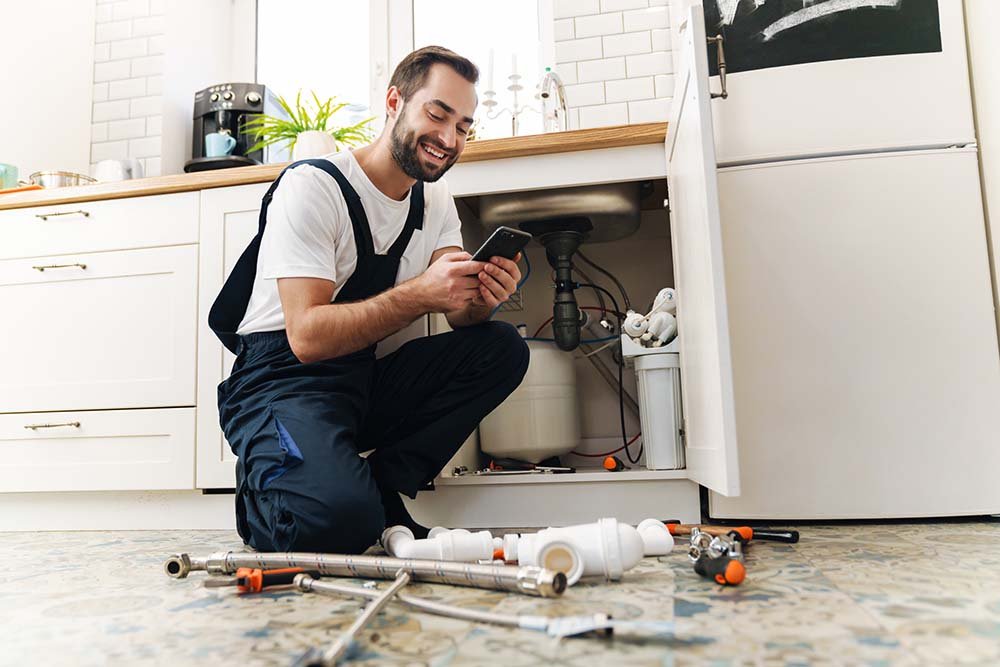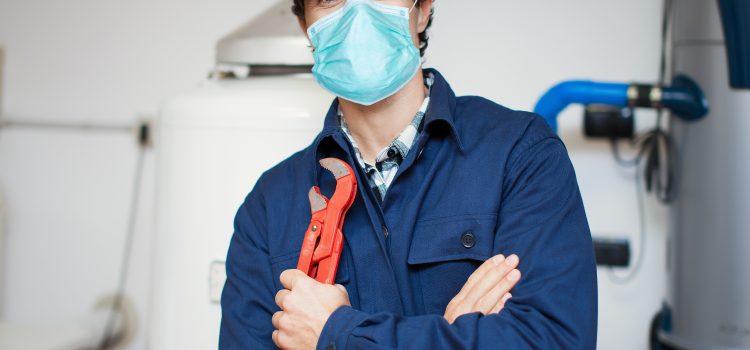In this article further down yow will discover more sound expertise on the subject of When to Call a Plumber? DIY or Professional Help.

Intro
Plumbing problems can range from minor hassles to major headaches, typically prompting homeowners to determine between taking on the problem themselves or employing a professional plumber. Understanding when to do it yourself and when to seek professional assistance can save time, money, and stop potential catastrophes. This write-up explores the factors to think about when making this critical decision.
Benefits of Do It Yourself Plumbing
Taking on pipes tasks yourself can be gratifying in several methods, particularly for less complex tasks.
Intricacy of Jobs
Some plumbing issues require specialized expertise and devices beyond regular home owner abilities. Mishandling intricate problems can bring about more damage and pricey repairs.
Safety Worries
Dealing with plumbing systems includes threats such as exposure to water damages, capacity for electric dangers, and handling tools inaccurately. Security preventative measures must be observed to stop accidents and guarantee effective repair services.
Indicators to Call a Professional Plumber
Recognizing when a plumbing issue goes beyond DIY capacities is critical to preventing aggravating problems.
Signs of Complicated Concerns
Instances consist of:
Prompt professional treatment is needed to deal with these concerns properly and decrease damages.
DIY Pipes Tips
For effective do it yourself pipes, it's important to be prepared with the right tools and follow proper treatments.
Basic Tools and Materials
Trick devices for do it yourself pipes:
Step-by-Step Guides
Clear directions make sure safe and effective do it yourself repair services:
Selecting the Right Time to DIY
Figuring out when to tackle pipes jobs on your own calls for examining both the intricacy of the issue and personal convenience levels.
Assessment List
Think about:
Expense Savings
DIY pipes projects usually save cash by avoiding expert service charge. Tasks like taking care of small leaks, replacing taps, or mounting new showerheads are examples where house owners can take care of repair work without working with a plumbing.
Skill Improvement
Taking part in do it yourself pipes supplies an opportunity to learn and improve practical skills. Basic jobs encourage home owners to recognize their pipes systems much better and acquire confidence in managing tiny fixings separately.
Dangers of DIY Pipes
While DIY projects supply advantages, particular risks need to be carefully thought about prior to attempting repair services.
When to Absolutely Call a Specialist
Certain scenarios demand prompt skilled focus to stop extensive damage or safety and security risks.
Emergency Circumstances
Instances include:
Searching for and Hiring a Professional Plumber
Selecting a qualified plumbing technician makes certain dependable solution and satisfaction in resolving pipes concerns.
Requirements for Choice
Elements to consider:
Expense Evaluation: DIY vs. Specialist Solutions
Comparing the monetary implications of do it yourself initiatives versus expert pipes services assists in making educated decisions.
Financial Considerations
Review:
Final thought
Making a decision whether to do it yourself or call a professional plumbing technician rests on recognizing the intricacy of plumbing concerns and personal capacities. By weighing the benefits and dangers, property owners can make enlightened choices that advertise effective upkeep and secure their homes from plumbing catastrophes.
DIY vs. Professional Plumbing Repairs: When to Call a Pro
When dealing with plumbing issues or embarking on renovation projects, homeowners have to decide whether or not they want professional help with their home’s plumbing system. While master plumbers can complete just about any plumbing project, they can cost a pretty penny. On the other hand, DIY plumbing projects can very quickly go awry, which can make things worse.
In this blog, we’ll explore common plumbing projects that homeowners can confidently tackle, provide insights into the essential tools needed, and discuss critical DIY mistakes to avoid. Understanding these distinctions not only helps in maintaining the efficiency and longevity of your home’s plumbing system but also ensures safety and cost-effectiveness in your repair endeavors.
Installing/Replacing Certain Plumbing Fixtures
Most homeowners should be able to install new plumbing fixtures or replace old ones that are damaged or old. Using basic tools, you should be able to effectively:
Replace faucet washers or cartridges Replace showerheads Install a new toilet seat Hook up new appliances Replace hose bibbs Unclogging Drains
You should also be able to fix any clogged drains within your home by using a plunger, plumber’s snake, or natural solutions like baking soda and vinegar. These can often clear clogged sinks or bathtubs without needing professional drain cleaning assistance.
Fixing Running Toilets
Another plumbing issue many homeowners may be able to handle is a running toilet. Toilets may run more than they should due to a faulty flapper or float inside the tank. Toilet replacement parts are easy to find and often come with easy-to-follow instructions.
Repairing Leaky Faucets
A dripping faucet can not only be an annoyance, but it can also be a waste of water. Leaky faucets can normally be fixed with basic tools and a basic understanding of how they work, making them easy to fix.
Adjusting Water Heater Temperature
If you are able to follow basic safety precautions, you should be able to adjust the temperature on your hot water heater, which can improve your home’s energy efficiency and also increase comfort.
Fixing Minor Leaks in Pipes
For small plumbing leaks, particularly ones at pipe joints, using plumbing tape or a patch kit can be a temporary fix while you decide on a more permanent solution. Repairing broken pipes, however, can be more difficult and may require professional attention.

I hope you enjoyed our topic about When to DIY and When to Call in the Plumbing Pros. Many thanks for taking time to browse our article post. Sharing is caring. You just don't know, you could be helping someone out. I enjoy your readership.
Click Here